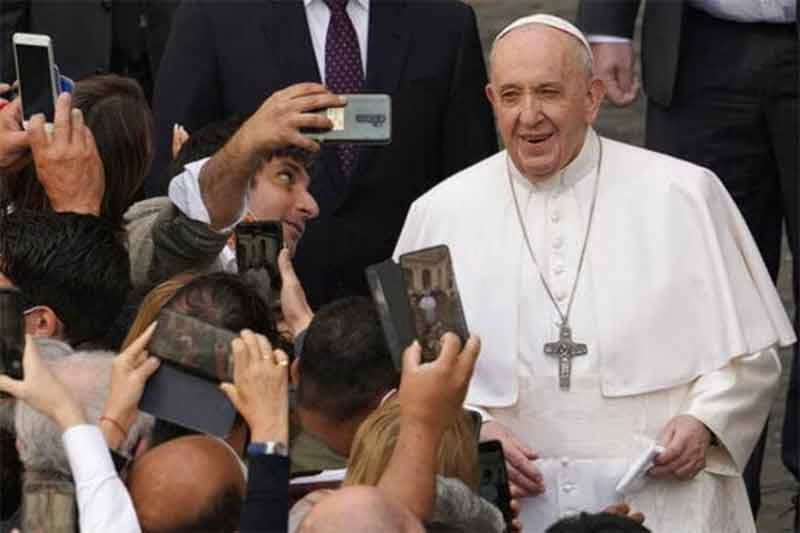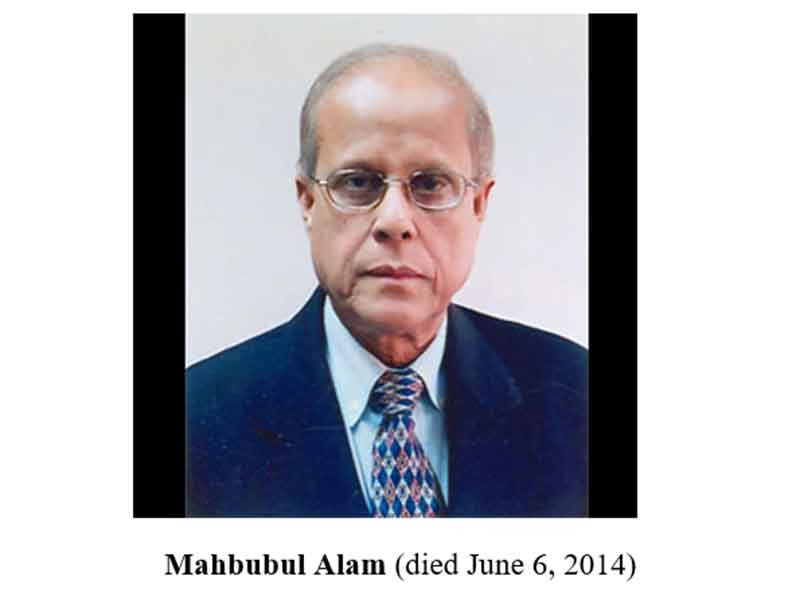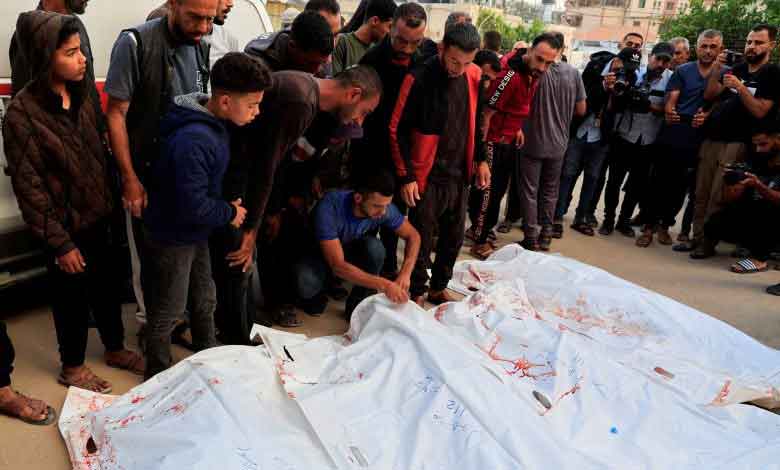
Pope Francis has passed into the other world on Easter Monday (April 20, 2025) in his private apartment in the Vatican. He slipped into a coma and subsequently suffered a cardiac arrest according to Dr. Andrea Arcanjeli, the head of the Vatican health department. Francis was also suffering from serious respiratory insufficiency for some time.
The people’s Pope was buried on April 26, 2025, in the Basilica of St. Mary Major in Rome. It is where Pope Francis wished his mortal remains to be buried in a simple wooden coffin outside of the burial place of previous Popes in St. Peter’s Basilica. Francis’ funeral was solemn but a very beautiful one. The mass was attended by over 250,000 mourners outside St. Peter’s Basilica in the Vatican.
Pope Francis has left this physical world. Nevertheless it is everyone’s hope that his enduring legacy will continue. Most of the cardinals who are going to decide who is going to lead the Vatican next were appointed by Pope Francis. Therefore, it is safe to think that the new Pope will continue on by safeguarding Francis’ legacy. This upcoming decision through a voting process carries a monumental historical significance. It is not only the Catholics but the whole world waits in anticipation as the process has already begun. This appointment is very important as the new Pope will be the head of the Catholic Church worldwide, and he will be a global spiritual leader. The next Pope will play a dominant role in shaping the future direction of the Vatican in many issues as the world is going through multifaceted catastrophe primarily driven by climate change.
Francis was elected Pope on March 13, 2013. Since then on certain Sundays, when I saw him on television reciting the Angelus Prayer at noon from a balcony overlooking St. Peter’s Square at the Vatican where more than 15,000 people came to get blessings – a certain passage from Joseph Conrad’s “The nigger of the Narcissus” used to come alive in my mind describing the artist, a larger than life figure. “He speaks to our capacity for delight and wonder, to the sense of mystery surrounding our lives: to our sense of pity, and beauty, and pain: to the latent feeling of fellowship with all creation – and to the subtle but invincible, conviction of solidarity, that knits together the loneliness of innumerable hearts: to the solidarity in dreams, in joy, in sorrow, in aspirations, in illusions, in hope, in fear, which binds men to each other, which binds together all of humanity.”
Same emotions again reverberated in me on the day of Eid al-Adha (also known as the Feast of Sacrifice) in 2015 when I went to join thousands of Catholics, non-Catholics, Muslims, Hindus, Jews and non-believers in front of the US Capitol in Washington DC to see the Pope. Pope Francis cut across religion, language and national boundaries. In his presence we all could feel that men and women from all religions can come under one banner. He infused into us the belief that we can unite in solidarity, and feel oneness with one another. Everyone was there to get a glimpse of this first non-European pontiff wearing his white cassock and skullcap on the second day of his first five-day US visit.
Francis arrived in Washington DC on September 23, 2015. President Obama greeted him with an elaborate ceremony in the White House. The Pope arrived riding a black Fiat, indicative of who he is – a Pope for the people. The unassuming Fiat with a license plate SCV 1 stood as a stark contrast to the rock-star like welcome to this selfless, distinct, and stirring persona. America wanted to go all out for him, with a fanfare that befits a king. If it was up to Francis, then he would probably ask to forgo such a fuss.
Upon arrival, Francis said he is grateful for the invitation in the “land of the free and the home of the brave.” He delivered his message to the American people – on climate change, poverty, immigration, and religious freedom. At times his message had a religious overtone but other times they were simple, humanitarian, and political. He told the people of America that it is each person’s responsibility to uphold the dignity of fellow citizens for common good. He requested them to keep alive the sense of unity, and to generate solidarity by their actions.
From the start Francis strode calmly but forcefully in pointing out the polarizing issues that America was facing then. The spiritual leader of 1.4 billion Catholics who so far had been against America for being materialistic and capitalistic, refrained from criticism, and instead reached out to the American people.
In Washington, Francis mainly focused his speeches on poverty and climate change. He thanked Obama for his administration’s efforts about climate change and for giving it priority instead of leaving it for the future generation. He said there is still time to “heal the planet for its children.”
The Pope praised America’s devotion to freedom of liberty and religion and warned “that its vast resources demanded a deep sense of moral responsibility.” The coming together of Obama and Francis was very symbolic in hoping that common grounds can be found in unifying a “secular-theological alliance.”
The Pope’s speech for the joint meeting of Congress was broadcast on massive TV screens for the people who had gathered outside the US Capitol. We all watched it standing there as the Hispanic Catholics from time to time roared Viva el Papa or simply “we love you papa.” Inside, the Capitol, Francis faced 535 members of Congress along with six of the Supreme Court Justices and the President’s cabinet. It was a very respectful atmosphere as no electronic devices were allowed to snap pictures. Everyone acted with some sense of dignity and decorum as the occasion called for it. Pope’s US Capitol visit proved that on such a day, the partisan nature of this building can be put aside as Democrats and Republicans sat side by side as the TV camera shone in letters engraved in stones In God We Trust.
Francis told the members of the Congress to have dialogues open between the entire population in the country, and to build a better future for the poor. He talked about the elderly and how they are ignored in society. He asked the American people to find strength in their resources to move forward. He talked about Abraham Lincoln and Martin Luther King in context of the political situation of the world today – where violence and committing murders in the name of God and religion are carried out by the ideological extremists.
In his speech, Francis many times showed his admiration and appreciation for millions of immigrants who built America. The pope commented about the contribution of the immigrants in building America. He said he himself, coming from an immigrant family, was happy to be a guest in America. He asked the Congress for gentler immigration policies. He praised America as a land of dreams where this land is not afraid of foreigners. Francis believed every person should be able to live their dream when they come to America.
There was great hilarity when he said most of us at some point were foreigners – while Senator Marco Rubio (of Cuban descent now the secretary of state) of Florida wiped a tear. Pope Francis commended Obama for reestablishing diplomatic ties with Cuba. Earlier Obama had thanked Francis for his effort in helping to normalize US relations with Cuba.
During his visit, Francis in no uncertain terms denounced the death penalty and called for its global abolition. He reminded all who were present and watching that each person is loved by God and each person is God’s creation. Therefore, a state has no right to take that life. Instead, he advocated rehabilitation because no one is perfect.
The Pope praised America’s research institutions for making a vital contribution to humanity by fostering international collaboration. Together they work for a common goal in mind – with shared knowledge they tackle global challenges as they share the same objective. Francis in the same breath reminded us that the American leaders should initiate “process rather than possessing it.”
Overall, Francis’ message was of healing, peace and justice for all. Everywhere the pope went during his US visit he bemoaned the condition of the world’s poor.
Pope Francis, after the meeting at the US Capitol came out on the balcony with then Speaker of the House John Boehner and Vice President Joe Biden. With his enduring humility and compassion, he waved at the booming crowd and prayed with them for their families and children. Afterwards he asked each of us to pray for him.
Before becoming Pope, Bergoglio – Pope Francis (papal name) was a native of Argentina and had led a very simple and exemplary life. He lived in an ordinary apartment and rode public buses. As a priest, serving the poor was his primary goal and he found joy in doing that. In the Vatican, he lived in a modest guesthouse within Vatican City. He refused to occupy the luxurious apartment meant for him. He ate with other priests as he did not like to be alone and be pampered by the Vatican staff members.
Ten years ago, in Rome, Pope Francis had caused quite a stir when he went shopping for his eyeglasses. He told the salesman that he didn’t want to spend too much on a pair of glasses. During his US visit, he also refused to wear the signature red shoes, though the color red is deeply rooted in Catholic symbolism. The Pope decided on a simple black pair handmade by a blacksmith.
One of Pope Francis’ most fulfilling tasks as the head of the Vatican was to feed the hungry. After the joint meeting of Congress, he declined a lunch invitation with the members in favour of going to a shelter run by a local church in downtown DC where poor, homeless, ex-convicts and drug addicts live. He went from one table to another, and spoke with them, and gave them hope, and told them not to despair because God will look after them.
When Pope was at the Basilica of the National Shrine of the Immaculate Conception (the largest Roman Catholic Church in America) in DC, he declared Sainthood to Junípero Serra for his work to save the Native Americans. He came to California in 1769. This is the very first canonizing of a Spanish saint in the US soil. Francis also acknowledged the pain of sex scandals in Catholic churches.
At the end of the day in Washington when Pope was riding his popemobile, literally thousands gathered on street sides to see him. Sometimes parents hoisted their children for him to bless them and many times Francis bent down to kiss children. A 5-year old girl named Sophie Cruz from Los Angeles crossed the security barricade during the papal parade to hand a letter and a bright yellow T-shirt to Francis. Her message read that her parents are undocumented workers in the US, and urged him to save them so that they are not deported. She later said, “I have a right to live with my parents, I have a right to be happy.” Sophie’s face beaming in delight on the TV screen stole my heart.
Subscribe to Our Newsletter
Get the latest CounterCurrents updates delivered straight to your inbox.
Pope Francis was in Washington DC for 48 hours. The people’s Pope didn’t disappoint anyone who had gathered to catch a glimpse of him. I just now remembered asking a Portuguese woman named Reina on that Eid day who was standing next to me as to why she was there. She told me that she had to come and see him because, “He is helping the church to adjust to a modern world and the concerns of the day.” Another theology student called Michael from a local Seminary said, “He sort of goes against what you’d expect of a Pope. He’s not on a pedestal; he’s a bit more with the people. He’s very humble, very meek. Not to mention, ‘A liberal icon,’ a fresh face for the Vatican church, informal and humorous, who posed for many selfies with his fans and followers during his DC visit.” Yes, that observation pretty much sums up Pope Francis, who utilized social media platforms to reach out to his followers around the world.
Zeenat Khan writes from Maryland, USA















































